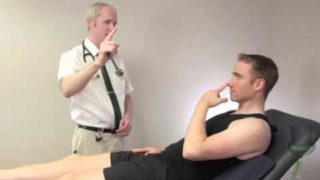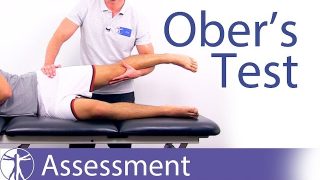Valgus Stress Test (Knee) – Physical Exam
The Valgus stress test is a test for ligament damage. It involves placing the leg into extension, with one hand placed as a pivot on the knee. With the other hand placed upon the foot applying an abducting force, an attempt is then made to force the leg at the knee into valgus. If the […]
Valgus Stress Test (Knee) – Physical Exam
Other Videos You Might Like:
Subscribe
Login
0 Comments
Newest




